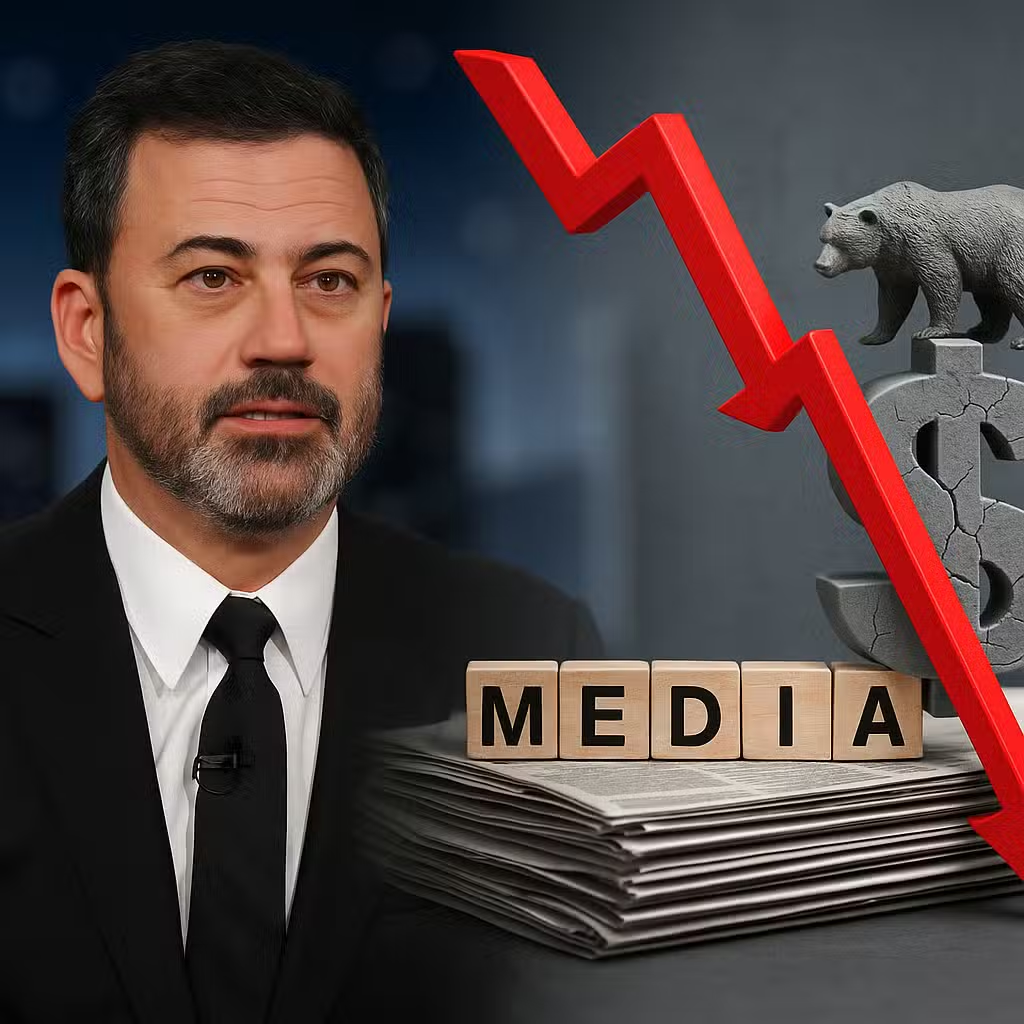Top Advisors Share Strategies to Help Investors Benefit From Expected Lower Interest Rates
Imagine you’re riding a bike down a gentle hill—sometimes you need to slow down, sometimes you can speed up, but you always have to watch the road ahead. That’s what the Federal Reserve is doing with interest rates, and it matters for everyone with money in the market.
Why This News Matters for Investors
The Federal Reserve (or “the Fed”) recently lowered its key interest rate and might cut it two more times this year. When the Fed makes these moves, it affects how much it costs to borrow money, what you earn on savings, and how different investments perform. For investors, these changes can ripple through stocks, bonds, and even real estate.
The Bull Case: Reasons to Be Optimistic
- Better Bond Yields: Right now, some bonds are offering solid returns without a lot of risk. Locking in U.S. Treasury bonds with 3-, 5-, or 7-year maturities can hit a “sweet spot” for steady income.
- Opportunity for Stocks: Lower rates often help smaller companies (called “small caps”) because borrowing is cheaper and business can grow faster.
- Stronger Economy: Unlike 2008 or the early COVID-19 days, the Fed is cutting rates while the economy is still fairly healthy. That could mean less risk of a big downturn.
The Bear Case: Reasons to Be Cautious
- Uncertainty Remains: The Fed isn’t promising more cuts, and inflation is still a worry. If inflation stays high, rate cuts could slow or even reverse.
- Risk of Overconfidence: Betting too much on one type of investment—or chasing the hottest stocks—can backfire if markets shift suddenly.
- Mixed Signals: Historically, rate cuts have sometimes signaled trouble ahead. For example, after the Fed cut rates in 2001, the S&P 500 still fell by 23% over the next year (source).
How Pros Are Playing It
Some top advisors, like those from CNBC’s Financial Advisor 100 list, are using a mix of strategies:
- Bond Ladders: Buying bonds that mature at different times so you always have some coming due, which helps balance risk.
- Diversification: Not betting everything on one sector or type of stock. This means holding a mix of large and small companies, U.S. and international stocks, and both bonds and equities.
- Discipline: Not chasing recent winners or making big bets based on short-term news. Staying steady has been shown to help portfolios survive ups and downs (Fidelity research).
Investor Takeaway
- Check Your Bonds: Consider locking in some intermediate-term bonds while yields are still attractive.
- Stay Diversified: Don’t try to outguess the market—hold a mix of investments across sectors and regions.
- Be Patient: Rate cuts can help, but don’t expect instant results. Staying calm and disciplined is key.
- Watch for Surprises: Keep an eye on inflation and job reports—they can quickly change the Fed’s plans and market direction.
- Review Regularly: Revisit your portfolio every few months to make sure it matches your goals and comfort with risk.
For the full original report, see CNBC







